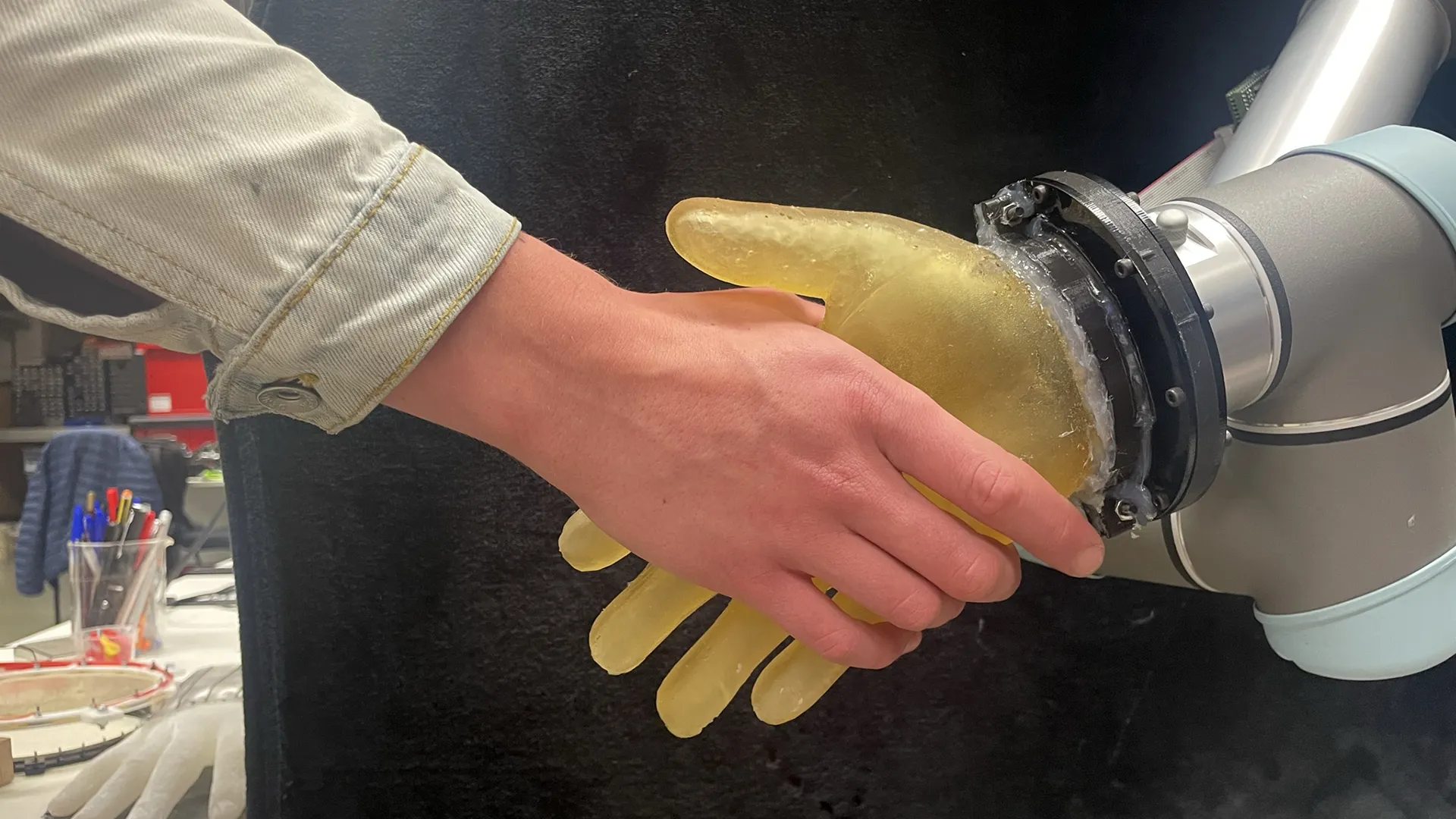Now Reading: Revolutionary Robot Skin Mimics Heat, Pain, and Pressure
-
01
Revolutionary Robot Skin Mimics Heat, Pain, and Pressure
Revolutionary Robot Skin Mimics Heat, Pain, and Pressure

Speedy Summary
- Researchers from the University of Cambridge and University College London (UCL) have developed a flexible,low-cost robotic skin that mimics human touch.
- Made from gelatin-based hydrogel,the electronic material senses over 860,000 pathways to recognize multiple types of touch and pressure in one device.
- Unlike traditional designs requiring multiple sensors for different types of input, this robotic skin uses multi-modal sensing to process diverse tactile signals efficiently.
- Applications include humanoid robots, prosthetics, automotive manufacturing, and disaster relief operations. Results are published in Science Robotics journal.
- The research leverages machine learning to train the skin on various forms of contact-such as heat blasts or scalpel cuts-allowing it to identify specific sensations accurately.
- Though not yet as sensitive as human skin, researchers aim to improve its durability for real-world scenarios in future testing.
- Funded by Samsung Global research Outreach Program, Royal Society grants, and UKRI/EPSRC.
Indian Opinion Analysis
The creation of advanced multi-modal sensing robotic skin is a important step toward bridging gaps between human interaction capabilities and artificial systems. For India-a nation poised to expand its presence in robotics across healthcare (prosthetics), manufacturing automation (automotive), and disaster management-the availability of cost-effective technologies such as this could bolster local innovation. Moreover, reduced dependency on complex traditional sensor arrays makes these solutions affordable for widespread applications.Given India’s burgeoning tech ecosystem fueled by academic collaboration with global research leaders like Cambridge or UCL institutions working on cutting-edge advancements presents opportunities for partnerships focused on tailoring similar innovations locally which further enhances user-specific fields aligned within inclusive accessibility tailoring societal inclusiveness empowering adaptive challenges logic Essentially neutral observations Environmentalistically Balanced

























